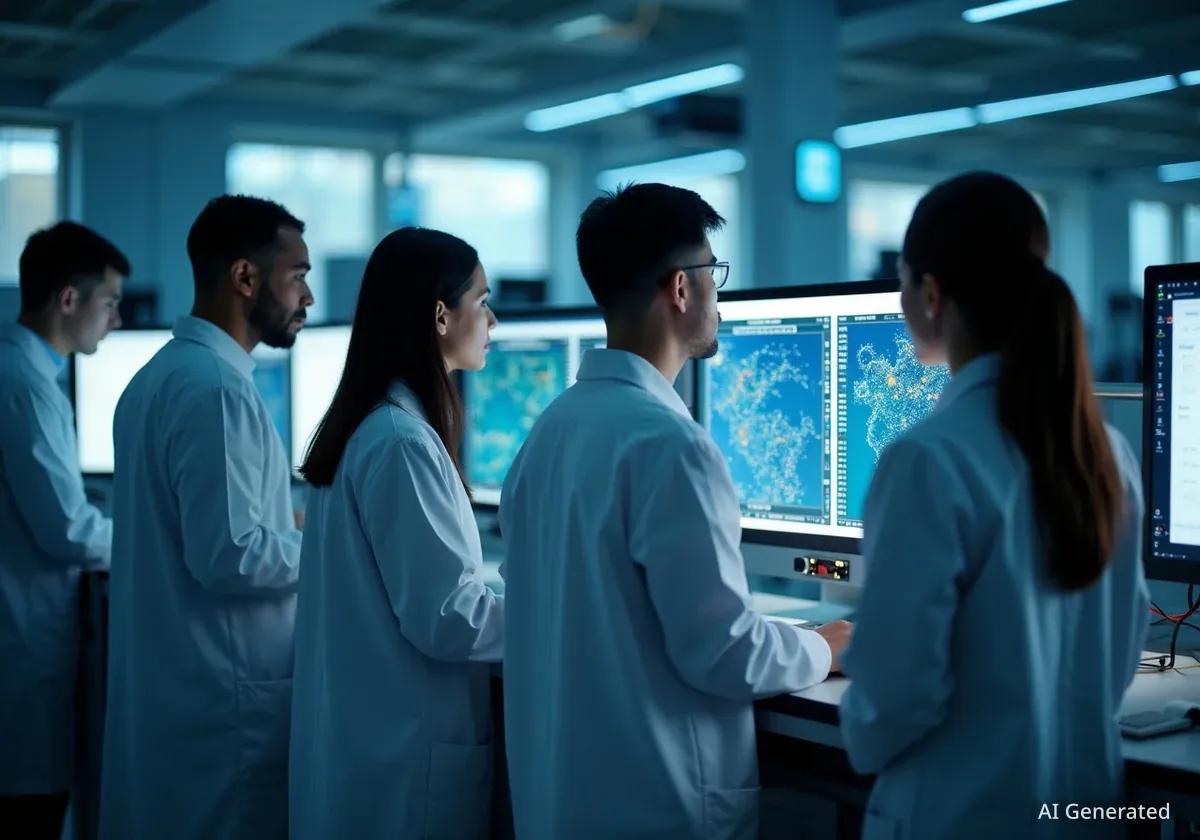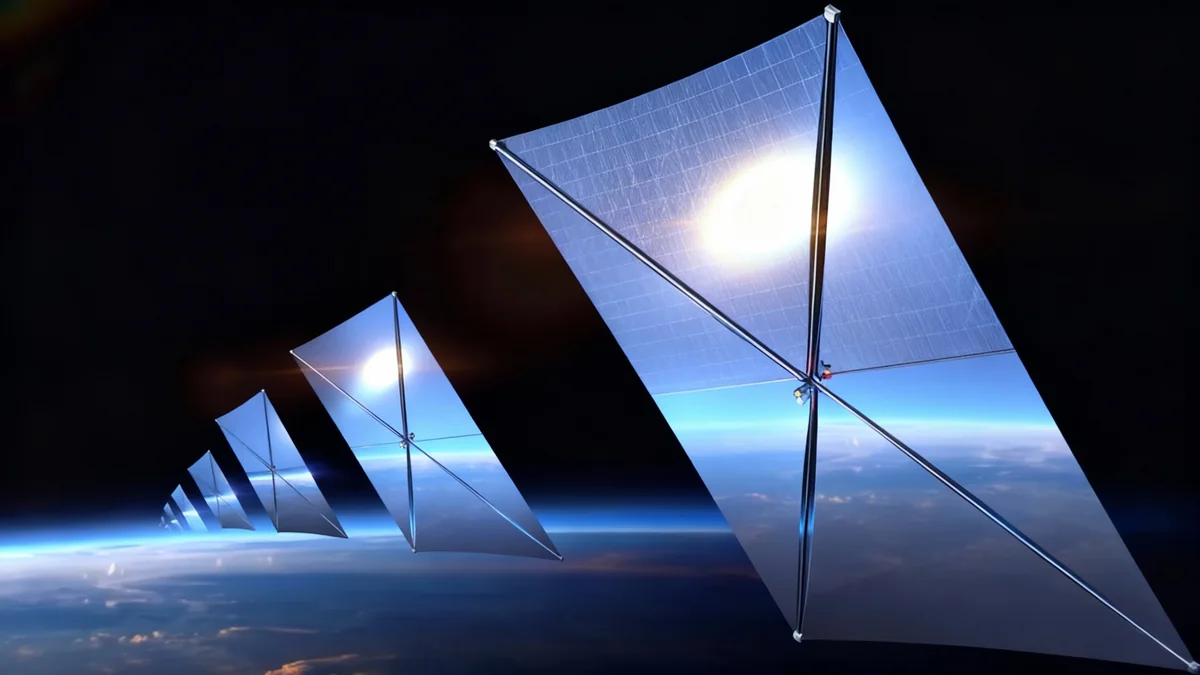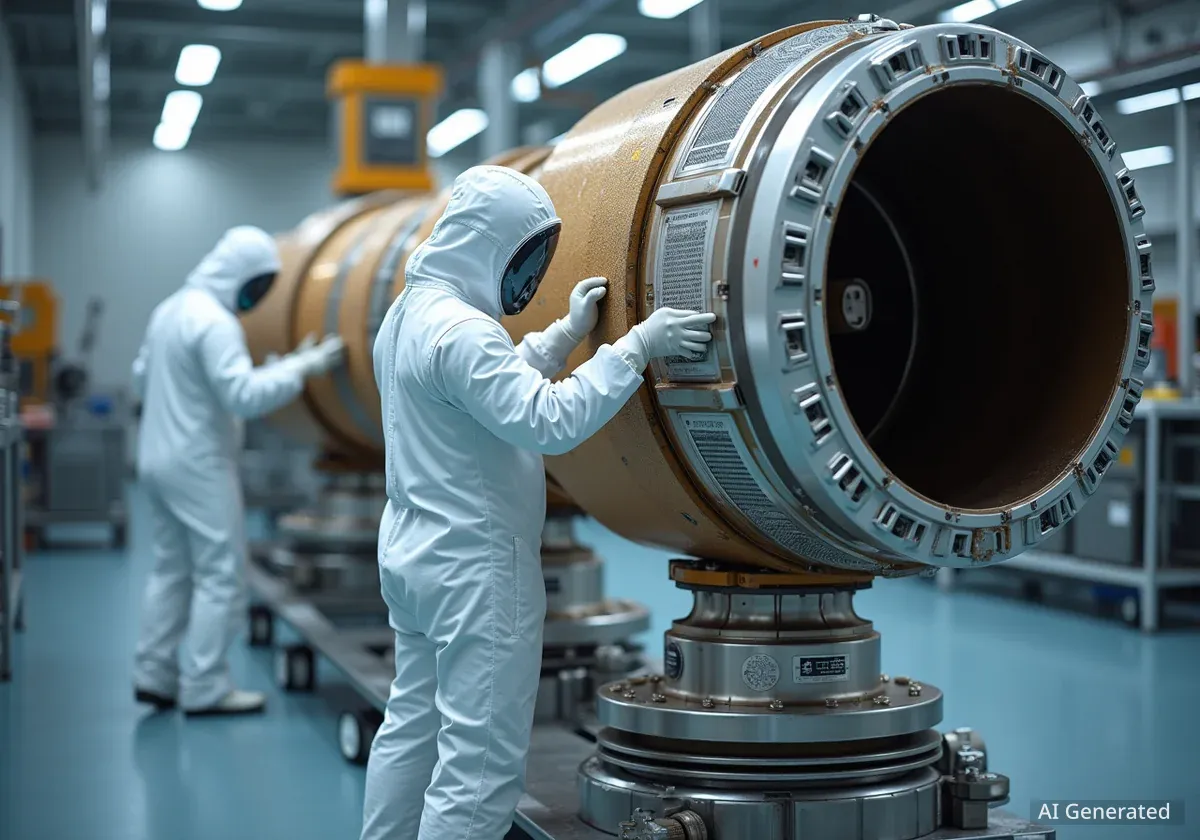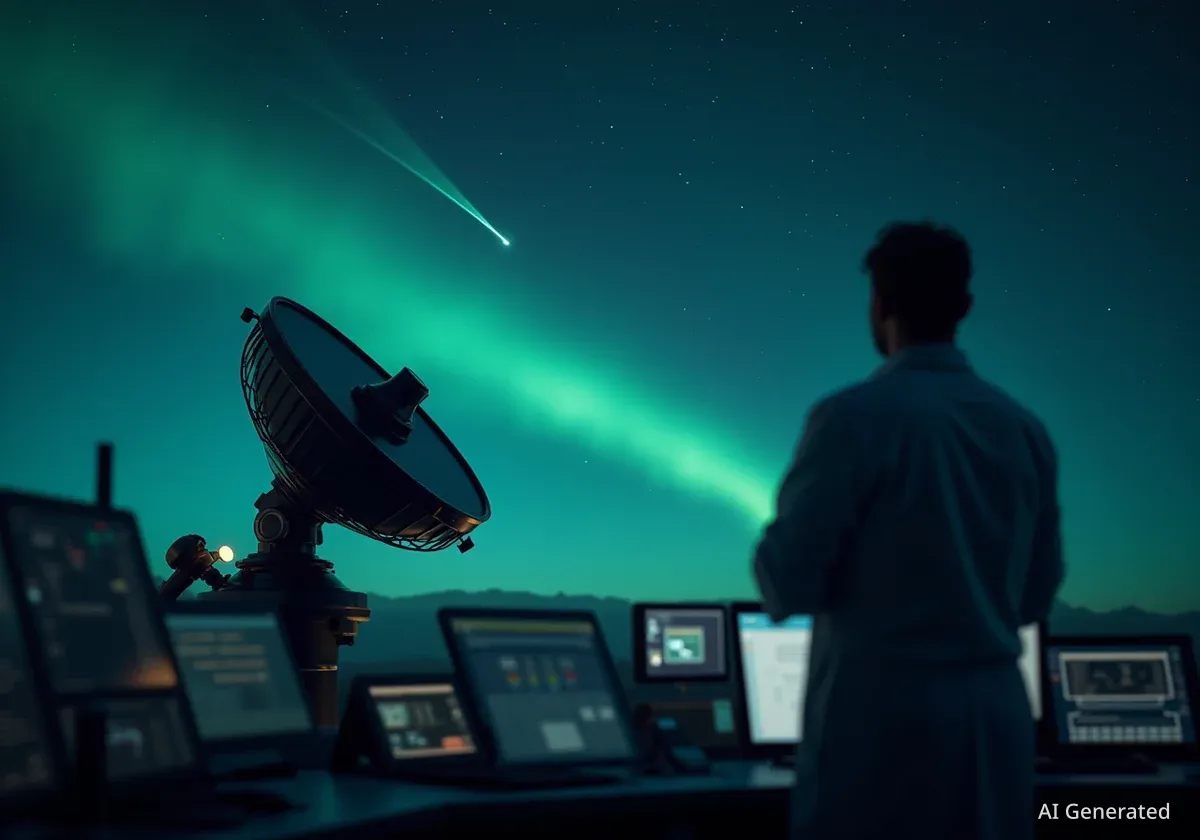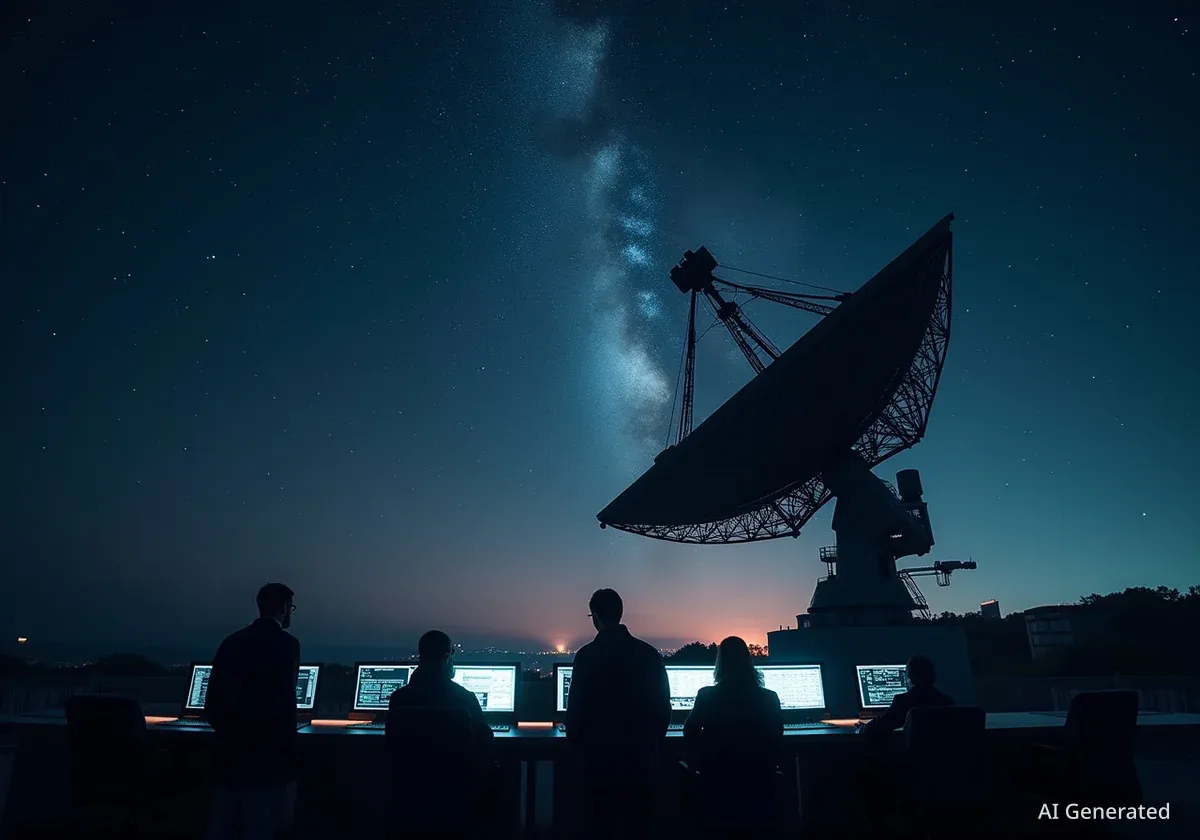The University of Hawaiʻi (UH) recently reinforced its position in global space research by hosting a three-day international symposium from September 22–24, 2025. The event brought together leading experts from Japan and Hawaiʻi to foster collaboration on the future of ground-based and space-based science.
This gathering is a key component of the university's broader Space Science and Engineering Initiative (SSEI), which aims to establish Hawaiʻi as a central hub for advanced space research, engineering, and local workforce development.
Key Takeaways
- The University of Hawaiʻi hosted a symposium with Japanese experts from September 22–24, 2025.
- Over 45 participants from UH, the University of Tokyo, and Japan's national observatory attended.
- The event is part of UH's Space Science and Engineering Initiative (SSEI) to build a local space technology workforce.
- Discussions covered topics from exoplanets to advanced telescope technology, leading to planned joint research and student training.
A Strategic Gathering of Experts
The symposium involved more than 45 leading scientists and engineers. The delegation included 22 representatives from Japan and 25 from the University of Hawaiʻi. This carefully curated group participated in intensive sessions covering a wide range of astronomical and engineering disciplines.
Discussions focused on critical areas such as cosmology, the study of exoplanets, planetary science, and cosmochemistry. The agenda also included specialized technical workshops on telescope technologies, advanced optics, detector systems, and spectrometers, which are essential for modern astronomical observation.
“This symposium highlights Hawaiʻi’s unique role in global space research and underscores our commitment to training the next generation of scientists and engineers right here at home,” said UH President Wendy Hensel. “We are proud that UH continues to expand its expertise and work in this field.”
The event was structured to facilitate deep collaboration, moving beyond theoretical discussions to practical applications and future joint projects.
Fostering a Local Workforce Through Education
A primary objective of the symposium and the larger SSEI is the development of a skilled, locally-based workforce. University officials emphasized their commitment to creating educational pathways that lead directly to high-paying jobs within Hawaiʻi's world-class observatory network and burgeoning tech sector.
According to UH Mānoa Interim Provost Vassilis Syrmos, the initiative is designed to create a sustainable talent pipeline. “One of our goals is to create an academic pathway for students in space sciences and engineering that will develop a well-qualified, locally based workforce pipeline to service the needs of our world-class observatories here in the islands,” he stated.
What is the Space Science and Engineering Initiative (SSEI)?
Launched by the University of Hawaiʻi, the SSEI is a strategic plan to leverage the state's natural advantages in astronomy. It focuses on building local expertise in engineering and manufacturing for space missions. The initiative receives state support and aims to establish a new space engineering center in Hilo, which is expected to diversify Hawaiʻi's economy.
This focus on education and local employment is central to ensuring that the benefits of Hawaiʻi's role in global astronomy are shared with its residents, creating long-term economic opportunities.
Showcasing Advanced Facilities
The three-day event was not confined to conference rooms. Participants were given extensive tours of UH's state-of-the-art research facilities, demonstrating the university's significant capabilities in space technology development. The tours were held at UH Mānoa and the Institute for Astronomy (IfA) in Hilo.
Key facilities visited by the Japanese delegation included:
- Hawaiʻi Space Flight Laboratory Clean Room: A controlled environment for assembling and testing sensitive spacecraft components.
- Adaptive Secondary Mirror Lab: Where advanced optics are developed to correct for atmospheric distortion, enabling sharper images from ground-based telescopes.
- Advanced Detector Development and Engineering Research Laboratory: A lab focused on creating next-generation sensors for astronomical instruments.
- IfA Hilo’s Photonics Lab: A center for research into light-based technologies for astronomy.
The symposium culminated on its final day with visits to the Subaru and Gemini observatories on Maunakea. This provided a firsthand look at the powerful astronomical facilities that make Hawaiʻi a premier location for observing the cosmos.
A Partnership Built on History
The collaboration is an expansion of a long-standing relationship. The National Astronomical Observatory of Japan (NAOJ) operates the Subaru Telescope on Maunakea, a partnership that has existed for decades. This symposium builds upon a series of high-level meetings between UH, NAOJ, and the University of Tokyo.
Formalizing a Powerful Partnership
The symposium was a significant step in formalizing a deeper partnership between UH, the University of Tokyo (UTokyo), and the National Astronomical Observatory of Japan (NAOJ). The collaborative framework is expected to produce tangible results in the near future.
Planned outcomes of this expanded alliance include joint research projects, the testing of new astronomical instruments developed at UH, faculty exchange programs to share knowledge, and new training opportunities for students from both Hawaiʻi and Japan.
Hiroaki Aihara, executive director and vice president of the University of Tokyo, noted the complementary strengths of the institutions. “It became clear to all of us at this symposium that UH, NAOJ and UTokyo each have their own unique institutional strengths in research on space science, engineering and technology,” he said. “A UH–NAOJ–UTokyo partnership can only enhance our research capacity.”
This strategic alignment promises to accelerate scientific discovery and technological innovation, benefiting all three institutions and the broader scientific community. The initiative represents a forward-looking model for international cooperation in the increasingly complex field of space exploration and astronomy.

